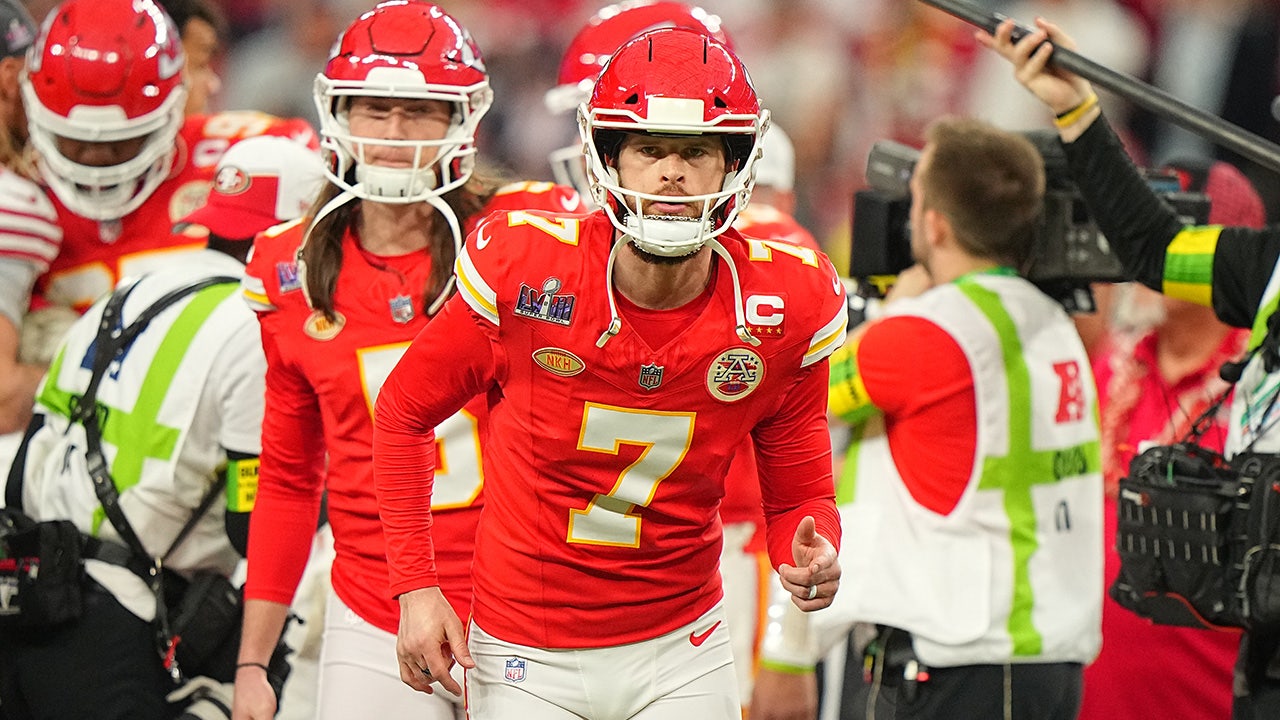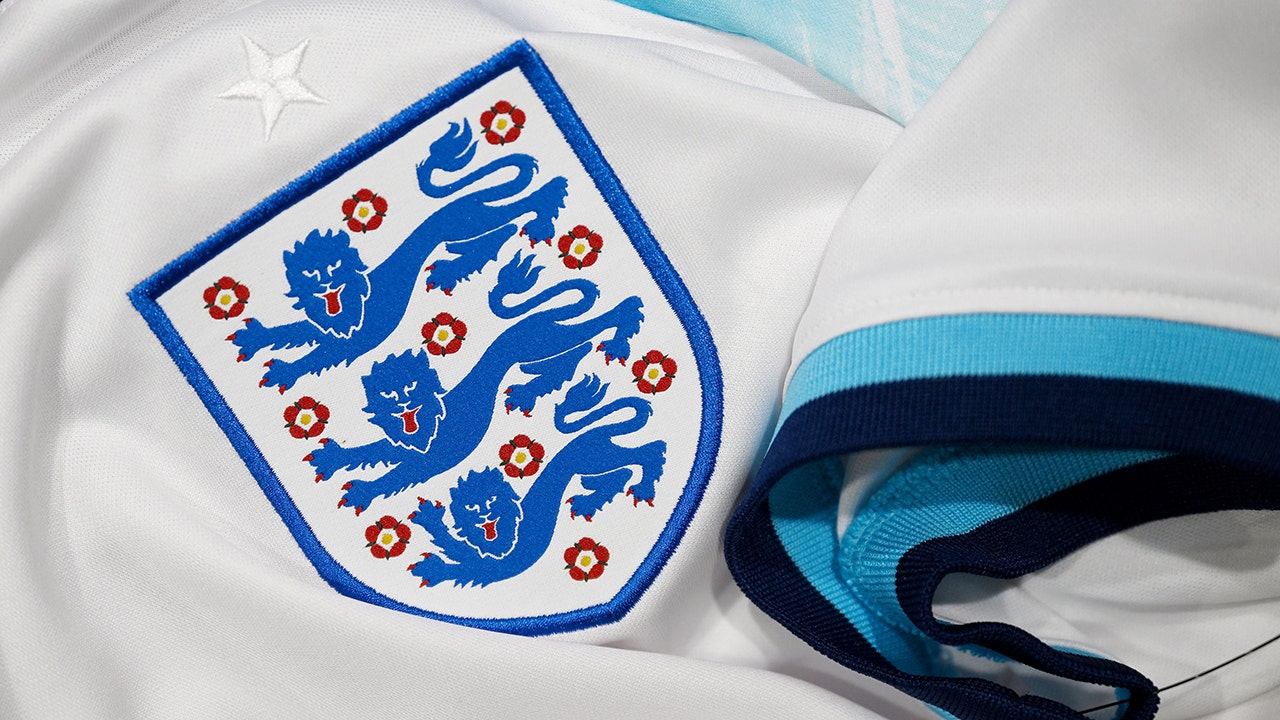Follow live coverage of Argentina vs Peru and Canada vs Chile at 2024 Copa America today
We’ll get to the Panama game in a bit, but first, think back to December 2022.
The United States men’s national team had just been eliminated from the World Cup by the Netherlands, losing in the round of 16 by a 3-1 margin. A nation was looking for answers: why couldn’t Gregg Berhalter’s side get the job done?
“When you look at the difference between the two teams; to me, there was some offensive finishing quality that we are lacking a bit,” Berhalter said of the second-youngest squad among the 32 in that tournament. “It is normal. We have a very young group and they are going to catch up to that.”
Ah, youth. There’s nothing more exciting in soccer than the concept of potential; the promise that for as good as a player or team may be now, just wait until they find their sea legs. With experience is supposed to come the intangibles that round out an athletic skill set. These are often the traits that turn a good player into a great one: an erudite reading of the game or an otherworldly ability to anticipate the opponent’s next move, to cite a pair.
Still, it can be an underwhelming silver lining to fixate upon after a team is eliminated in a World Cup. Those only come around every four years and besides, there’s no guarantee that a player, much less a collective of them, will have squatter’s rights over national team spots as younger alternatives rise through the ranks.
At a certain point, a person or a team has to show that the proverbial “teachable moments” from past hardships have resonated and will inform better decisions thereafter.
Which brings us to Thursday night in Atlanta.
For a quarter of an hour, the USMNT was up for the challenge. Panama represents the type of foe that Berhalter’s side would welcome in these circumstances. In this all-Americas edition of the Copa America, ostensibly the CONMEBOL (South American) championship, one would think it’s better to face a CONCACAF rival you play regularly than one from a different confederation altogether.
After the final whistle, with his team having suffered a 2-1 defeat, Berhalter and his players repeatedly cited their familiarity with Panama. They knew Panama was a team that would play with chippiness in every action. They knew what Panama was all about and knew the approach they would take in hopes of shocking the tournament hosts.
It begs the question: if you knew where the opponent would lay its traps, why did you end up ensnared by one entirely of your own creation?

(Eliecer Aizprua Banfield/Jam Media/Getty Images)
Since taking over in 2018, one of the hallmarks of Berhalter’s USMNT tenure has been his ability to stymy, overcome, and eventually run laps around Mexico. For decades, those two teams have fought for supremacy in CONCACAF’s balance of power. As nations such as Costa Rica or Canada enjoyed strong stretches this century, their success was contextualized vis-a-vis the region’s twin powers.
The framing does a disservice to the rest of CONCACAF, a sort of soccer classism built on past pedigree and fame surrounding a nation’s top players. The nature of a group draw, offering every team its next three opponents, inevitably fixates on the perceived “toughest” opponent in the three matches, regardless of their spot in the queue. So when you’re focused on a game against Marcelo Bielsa’s high-flying Uruguay at the end of the group, you risk overlooking the teams you fear less.
Teams like Panama.
Even after watching the highlight of Tim Weah’s 18th-minute red card offense a dozen times (or, perhaps, especially after watching it so often), it’s tough to fathom his decision-making. Before and after the match, the United States emphasized they knew Panama would tap into the dark arts to wrestle control over the game.
Tim Weah receives a red card after review for this contact 🟥 pic.twitter.com/phw8bSzdKR
— FOX Soccer (@FOXSoccer) June 27, 2024
Tim Weah is sent off! 😱
The United States player is shown a straight red for violent conduct 🟥
Big moment in this game… pic.twitter.com/WEmV5B9DKt
— Premier Sports (@PremSportsTV) June 27, 2024
The thing is, this wasn’t one of those cases. It wasn’t a response to a scything tackle or an incisive elbow behind the referee’s back. It was retaliation for an otherwise nondescript off-ball bump between a defender primed for a challenge and an eager attacker. For that to be the series of events that allowed Panama to play over 70 minutes with a man advantage? It undermines claims of “knowing” what to expect.
Well, maybe that’s unfair. There’s knowing what’s coming and then there’s planning accordingly. The latter part is of greater importance.

(Hector Vivas/Getty Images)
To be fair, the gamesmanship the United States claimed to have expected did present itself.
Chief among the examples was the 12th-minute challenge by Cesar Blackman that saw the Panama player clatter into a defenseless Matt Turner in mid-air without making a serious nod toward the ball. Goalkeeper Turner suffered a knee injury in the process, which may have limited his mobility when Blackman placed an equalizer into the net just 14 minutes later.
Of course, Blackman escaped the collision without seeing a yellow card, but that’s another story.
In a cruel twist, the player who seemed poised to bring the “offensive finishing quality” that Berhalter longed for in 2022 did his part. Even after Weah’s red card and before Blackman’s goal, Folarin Balogun opened the scoring with the kind of attempt that only a special striker could confidently convert.

(Hector Vivas/Getty Images)
The USMNT fought valiantly in the second half after Berhalter made a trio of adjustments to replace Turner with a fresh goalkeeper, withdraw one midfielder to add another defender, and swap out defensive midfielders to ensure stability. In theory, a 1-1 draw would have done wonders for the hosts, putting them on four points and Panama on one with one game each remaining.

GO DEEPER
What the USMNT needs to qualify for Copa America quarterfinals
Eventually, Panama’s extensive ownership of possession (74%, or 72% when only considering touches in each attacking third) gave them enough time to turn one point into three. As Christian Pulisic succinctly put it after the game, “it’s not so easy to keep the ball” when you’re playing with one man less. Panama created its best chance of the game in the 80th minute and didn’t waste it.

Weah’s teammates and coach were quick to mention that the Juventus man was contrite after the match, relaying that he’d apologized for his action and the disadvantage it caused. Seemingly, he’ll soon have another chance (whether in the knockouts or after this tournament) to make things right — as others of this generation, including Gio Reyna, Weston McKennie and Sergino Dest have done following their own incidents on and off the pitch.
For now, however, the damage is done. Weah’s ill-advised shove gave Panama an advantage it may not have needed but certainly relished. Tyler Adams referred to Weah’s infraction as a “lesson” to reflect upon for the future. Pulisic assured us that Weah is “gonna learn from it”.
Haven’t we heard this before? Given how infrequently the USMNT can schedule friendlies against teams outside of CONCACAF, is there any excuse left for not having some level of mastery over the finer points of playing rivals within your confederation?
How can a team expect to outfox Uruguay, or one of Brazil or Colombia in a potential quarterfinal — to say nothing of the broader field at a World Cup — if it frequently falls victim to the opponents it knows best?

GO DEEPER
The USMNT are in danger of blowing their big moment
(Top photo: Hector Vivas/Getty Images)






